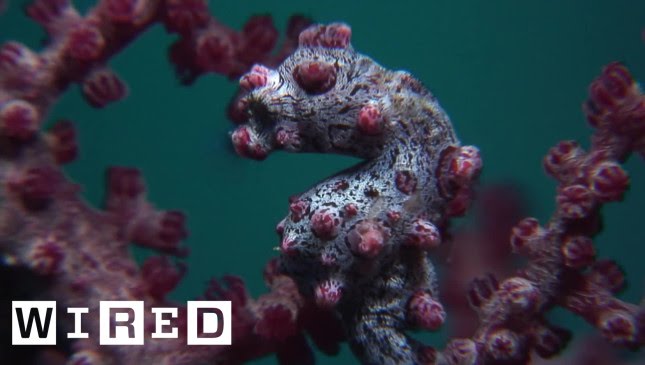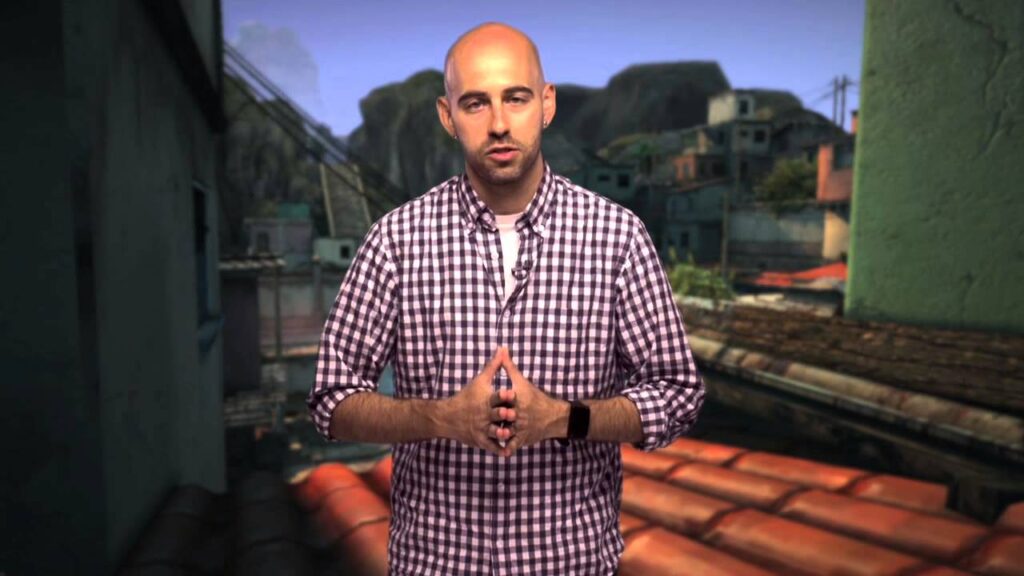The Fascinating Impact of the Limbic System on Nonverbal Communication
Summary
Joe Navarro, a nonverbal communications expert, explains how the limbic system, an ancient part of the brain, has a significant impact on nonverbal communication. It responds immediately to changes in the environment, allowing us to react to potential dangers to ensure our survival. Navarro also discusses how various primitive behaviors, such as the fencing posture and the orientation reflex, have evolved to help us communicate silently but effectively.
Table of Contents
- The Limbic System: A Powerful Force
- Communicating through Gestures
- Primitive Behaviors and their Impact on Communication
- The Universal Nature of Behaviors Linked to the Limbic System
- Nonverbal Communication and Understanding Others
- Conclusion
The Limbic System: A Powerful Force
The limbic system is essential to our survival since it immediately responds to changes in the environment that could potentially cause harm. It evolved with our species, helping us communicate silently, but rapidly, signaling our needs, wants, desires, and fears. The limbic system is always active, even when we’re asleep, and it runs in the background while we carry on with our daily activities. It can be activated in various ways, such as sudden changes in temperature or smelling smoke. Light also plays a crucial role in triggering the limbic system, influencing our behavior in ways we may not notice.
Communicating through Gestures
Navarro emphasizes the importance of nonverbal communication, which includes gesturing. Our species has been communicating through gestures for millions of years. It’s a silent and effective way to express needs, wants, and desires while avoiding drawing attention to oneself, which could be detrimental in the presence of predators. For example, when startled, babies reflexively raise their hands and spread their fingers, as our primate ancestors did, to grab onto hair for safety. The fencing posture, where a baby’s arm goes up while lying down, is also protective, keeping them from rolling in their sleep.
Primitive Behaviors and their Impact on Communication
Other primitive behaviors, such as the orientation reflex, have a significant impact on communication. This reflex, which likely dates back to our amphibian past, allows us to perceive changes in patterns and imagery, alerting us to potential dangers. We also react to things that are different from what we’re used to, indicating we’re constantly scanning and orienting ourselves to our surroundings. Our limbic system activates these reflexes effortlessly, allowing us to react quickly to potential dangers with little conscious thought.
The Universal Nature of Behaviors Linked to the Limbic System
Since behaviors linked to the limbic system are universal, meaning they exist across cultures, we can use them to assess others and determine their thoughts, feelings, or fears. For example, people worldwide tend to bring a hand to their neck or suprasternal notch when struggling, as it’s an instinctive reflex to protect oneself. Similarly, the way we tuck our thumbs in or bring our fingers together indicates fear or weakness.
Nonverbal Communication and Understanding Others
Understanding nonverbal communication and the impact of the limbic system can enable us to communicate more effectively with others. We can use nonverbal cues to assess how people are feeling, thinking, or reacting to certain situations, as they’re often more reliable than verbal communication. For example, if someone is crossing their arms, they might be feeling defensive or closed off, while if they’re smiling and making eye contact, they’re likely open and engaged.
Conclusion
Understanding the limbic system and how it impacts nonverbal communication can improve our relationships with others and help us communicate more effectively. By paying attention to nonverbal cues and respecting their role in our survival and evolution, we can more easily understand our species’ behavior and make meaningful connections with those around us.






